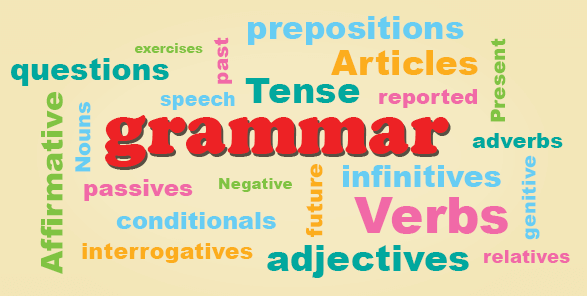Direct / Indirect Object – English Grammar


English grammar: Direct – indirect object
The English verbs are followed by two different kinds of objects – the direct object and indirect object.
I sent Mary some flowers.
I sent some flowers to Mary.
These sentences contain both direct and indirect objects.
Flowers are the direct object and it refers to
what I sent. Mary is the indirect object and it refers to whom I sent it.
Use
1.If the indirect object comes before the direct object, there is no
They gave Harold a new car.
2.If the indirect object comes after the direct object, a preposition must be
They gave a new car to Harold.
3.If the direct object is a pronoun (it, this … ), it comes before the indirect object and a preposition must be used.
I bought it for my sister. Can you send it to him?
(Not: I bought my sister it. Can you send him it?)
Notes
1.If the verbs read and write are only followed by the indirect object, a preposition must be
Please, read to me. (Not: Please, read me).
But: Read me the letter. Read the letter to me. (There are two objects in these sentences.)
I’ll write to you soon.
But: I’ll write you a letter. I’ll write a letter to you. (two objects)
2.We can use the verbs promise, show, and tell with the indirect object only, but without a
I can’t promise you. (Or: I can’t promise it to you. – with two objects)
Show him. (Or: Show it to him.)
Can you tell me?
Recent Posts
10 Sentences of Modals Should, Examples of Should Sentences
10 Sentences of Modals Should, Examples of Should Sentences
45 Sentences of Should, Example Sentences with Modal Should
45 Sentences of Should, Example Sentences with Modal Should
Modal Verbs Should Sentences, Examples of Should Sentences
Modal Verbs Should Sentences, Examples of Should Sentences
10 Sentences of Verbs, Verbs Examples Sentences
10 Sentences of Verbs, Verbs Examples Sentences
Verb Sentences Examples, 90 Verb Example Sentences
Verb Sentences Examples, 90 Verb Example Sentences
95 Negative Sentences Examples, 95 Negative Sentences Examples
95 Negative Sentences Examples, 95 Negative Sentences Examples
